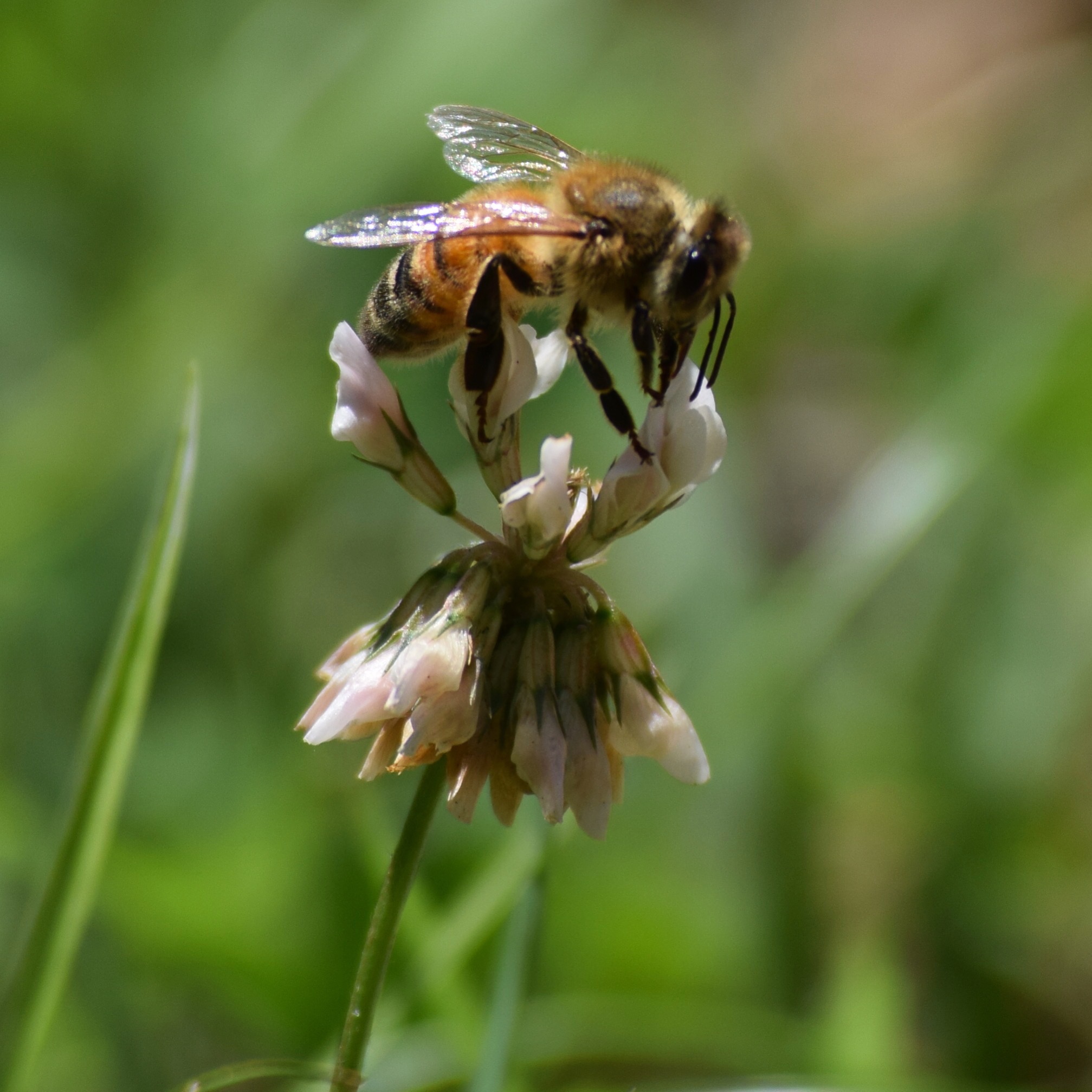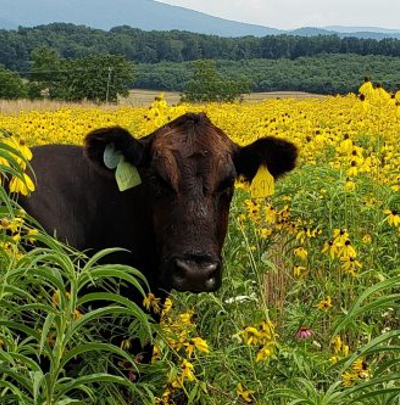Without pollinators, many of our wild and managed ecosystems would fail. Pollinators include the over 20,000 known bee species in the world, but also other insects such as wasps, flies, butterflies, moths, and beetles, and even some vertebrates including bats and hummingbirds.
Pollinators and the flowers they visit have evolved together for millions of years. Some, such as squash bees (e.g. Peponapis spp.), are specialists and evolved to visit a limited set of plant species. Those plants, in turn, may be most successfully or even exclusively pollinated by their bee specialists. Other bees, such as the European honey bee (Apis mellifera L.), are generalists and will gather nectar and pollen from a wide variety of different plant species.
Pollination is essential to promoting genetic diversity within a plant population, assisting in plant reproduction, and improving seed set and fruit size for seed dispersal. Crop pollination contributes an estimated $10 billion each year to United States agriculture.
Providing diverse floral resources is critically important to improving pollinator diversity and abundance, both in native ecosystems and agricultural systems.

Photo by Parry Kietzman.
